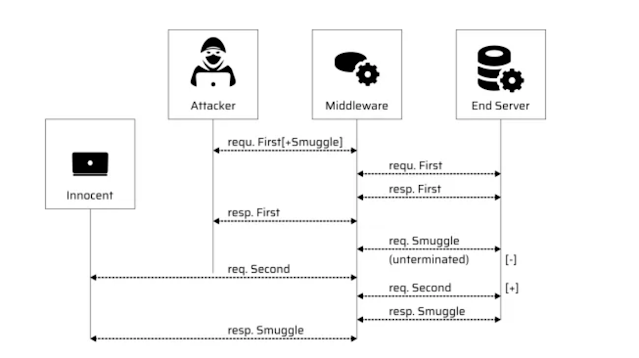How to Configure CSP header in AEM , Dispatcher ?

How to Configure CSP header in AEM ? Content Security Policy (CSP) is a security feature that helps prevent cross-site scripting (XSS) and other code injection attacks by restricting the sources from which a page can load resources. To implement a CSP header in an Apache web server, you can use the Header directive in your Apache configuration. Here are the steps to implement a CSP header in Apache: Determine your CSP policy: First, you need to determine your CSP policy. This policy defines the rules for what types of content can be loaded from which sources. You can use a CSP policy generator like the one available on the Mozilla Developer Network (MDN) website to generate a policy that meets your needs. Add the CSP header to your Apache configuration: Once you have your CSP policy, you can add the CSP header to your Apache configuration. To do this, open your Apache configuration file (usually located at /etc/httpd/conf/httpd.conf or a similar location depending on your setup) and





